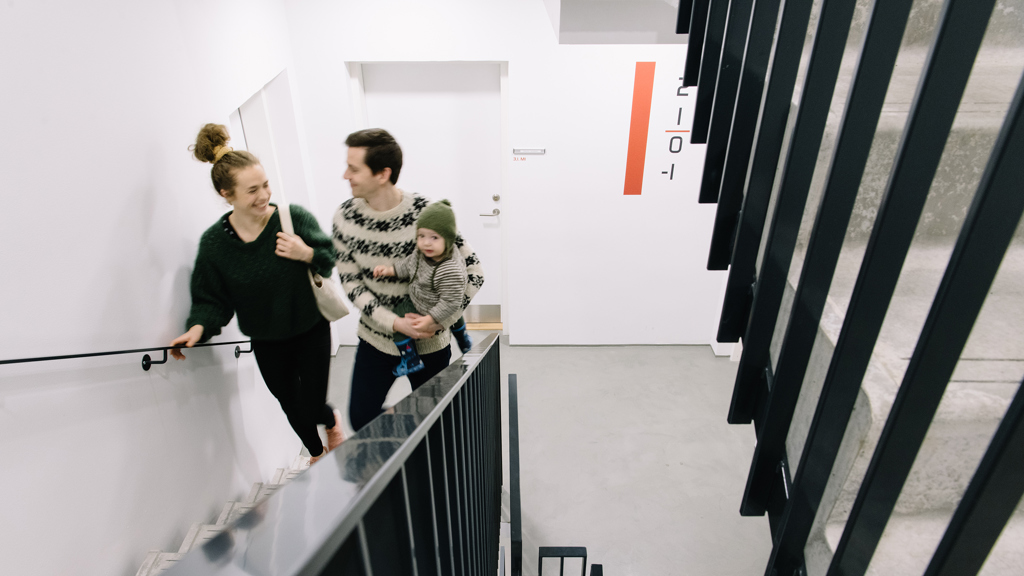New Nordic report: Strong labour market and high fertility rates in the Faroe Islands

A new report from the Nordic Council of Ministers, State of the Nordic Region 2020, analyses key data from the Nordic countries and compares them across borders and regions. The Faroe Islands have the highest employment rate in the Nordic Region and are highlighted as the only Nordic population with fertility rates exceeding replacement levels.
Strongest labour force score of all Nordic regions
The report ranks all Nordic regions in the Regional Potential Index, comparing them on a range of demographic, economic and labour force indicators. Oslo tops this year’s index ahead of the other Nordic capital city regions.
The Faroe Islands are ranked 16th out of 66 regions, moving up seven spots since the last ranking in 2018, mainly thanks to a dynamic labour force. The Faroe Islands achieve the highest labour force score of all Nordic regions, boasting the highest employment rates and the lowest youth unemployment rates in the Nordic countries. Looking at the category of rural regions, the Faroe Islands are ranked fifth, behind four regions in neighbouring Iceland.
Changing population and job dynamics
According to the report, the Faroe Islands stand out when it comes to the share of jobs at risk of automation. 38.7% of all jobs in the Faroe Islands are considered at high risk of being automated, compared to the Nordic average of 32.1%. Denmark is second at 36.7%, while Norway has the lowest share of jobs at high risk of automation, 29.9%.
At 2.5 births per woman, the Faroe Islands have the highest fertility rates in the Nordic Region. For a population to replace itself in the long run, a total fertility rate of about 2.1 children per woman is necessary, and the Faroe Islands are the only part of the Nordic Region that remains above this level. In general, fertility rates have been decreasing all across the Nordic Region, and quite rapidly in some areas. In Iceland, Norway and Finland, the current birth rates are the lowest ever recorded.
As in Iceland and Greenland, the number of children aged 0-14 in the Faroe Islands still exceeds the number of people aged 65 or over, although the difference has diminished through the years. The Faroe Islands also have a relatively low share of people with a remaining life expectancy of 15 years or less, a group that is likely to require more public services and care than the rest of the population. The proportion in the Faroe Islands is 17.2%, whereas the Nordic average is 21.2%.
Despite these statistics, the ageing of the population is changing the dynamics of the economy and labour market in the Faroe Islands. By 2040, the Faroese working age population is expected to decrease by 6.6%, which is slightly above the EU28 average of 6.5%.
About State of the Nordic Region and the Regional Potential Index
State of the Nordic Region is a unique collection of data from the Nordic countries about economics, demography, labour relations, education and much more, illustrated with custom-designed maps. The report monitors developments in regions and municipalities in the Nordic Region and is published every second year by the Nordic Council of Ministers. It is produced by Nordregio, the Nordic Council of Ministers’ research centre for regional development and planning,
The report can be downloaded here: https://pub.norden.org/nord2020-001/
